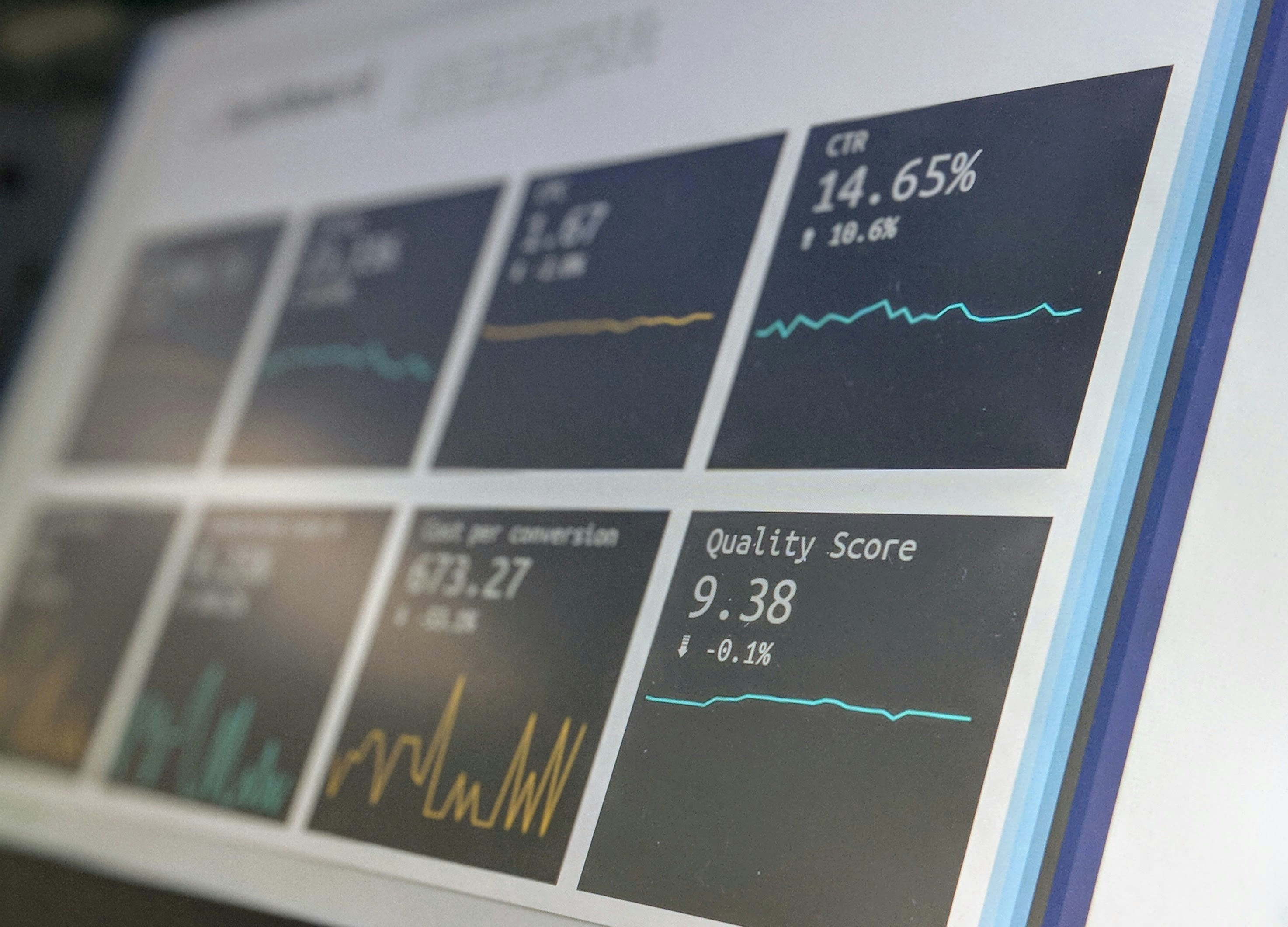
Unlocking Growth With Crowdfunding and Peer Lending Platforms
Remote workers often run into challenges when trying to secure funding for new ventures or address sudden expenses. Conventional loans usually involve strict approval steps and in-person meetings, which can disrupt a flexible work routine. Crowdfunding and peer-to-peer lending platforms now make it possible to present ideas or seek financial help entirely online. These digital tools offer access to a wide audience and allow users to handle funding requests at any hour of the day. Such options fit well with the unpredictable schedules and diverse time zones that remote professionals frequently navigate, making it easier to manage financial needs from anywhere.
These platforms open doors to capital without long waits at a bank. They depend on networks of backers and investors rather than a single institution. For those who handle client calls, tight deadlines, and home distractions, the opportunity to apply or launch campaigns at odd hours provides a significant convenience boost. Understanding how each model works will help remote professionals tap into growth in new ways.
Details of Crowdfunding Platforms
Crowdfunding sites allow creators to present projects or products to an online community. Supporters pledge small amounts in exchange for rewards, early access, or simply to back a cause. Success depends on a compelling pitch, engaging visuals, and regular updates. Platforms promote campaigns that quickly grab attention, favoring concise storytelling over lengthy descriptions.
Popular options include Kickstarter and Indiegogo. They differ in fee structure, campaign flexibility, and payment schedules. Some charge a flat fee only if the funding goal is met. Others take a smaller percentage regardless of the outcome. Remote professionals benefit by estimating costs upfront and choosing the right model aligned with their project needs.
Details of Peer Lending Platforms
Peer lending websites connect borrowers directly with individual or institutional investors. Instead of offering rewards, applicants specify needed funds, project plans, and repayment schedules. Investors review credit scores, project descriptions, and risk ratings before committing. This approach combines traditional lending with the convenience of online platforms.
Platforms like LendingClub and Prosper are prominent here. They set interest rates based on risk profiles and loan terms. Many provide automated investment tools that let lenders diversify across multiple loans. Borrowers benefit from a streamlined application process, receiving decisions in days instead of weeks.
Differences and How to Pick the Right Platform
- Repayment versus Rewards: Supporters on crowdfunding platforms expect perks or early products, while peer lenders seek interest payments.
- Approval Process: Crowdfunding requires vetting project ideas and setting quality standards, whereas peer lending depends on credit history and risk assessments.
- Time to Receive Funds: Crowdfunding campaigns run for set periods. Lending decisions often close within a few days.
- Purpose Alignment: Creators use crowdfunding to validate ideas and test markets. Borrowers use peer lending for working capital or equipment purchases.
- Fee Structure: Reward-based sites usually charge higher initial fees. Lending platforms apply interest and service fees over time.
Select a platform based on your goal. If you want feedback and pre-sales before manufacturing, a reward-based campaign works well. If you need cash for software subscriptions, hardware upgrades, or payroll, peer lending can provide quick funds with predictable payments.
Tips for Success on Funding Platforms
- Create a compelling story: Use brief, vivid language and images. Share challenges and goals in relatable terms. Highlight benefits for supporters.
- Reach out early support: Contact friends, colleagues, and industry groups before launching. Early pledges improve visibility in platform algorithms.
- Provide regular updates: Post short progress reports, behind-the-scenes photos, or videos. Updates keep supporters informed and encourage sharing.
- Offer multiple reward or loan options: For crowdfunding, set various reward levels. For lending, choose terms that attract investors—shorter terms often get funded faster.
- Use analytics: Track visitor trends, popular pledge levels, and sources of inquiries. Adjust your messaging to emphasize elements that convert well.
Remote professionals can plan updates during gaps in client work. A quick 10-minute status post can boost engagement just as much as longer updates. Focus on clarity and regularity rather than length.
Managing Risks and Best Practices
- Set achievable goals: Overestimating funding needs delays campaigns and damages trust. Calculate costs for rewards, shipping, fees, and unforeseen expenses.
- Communicate transparently: Confirm receipt of pledges or loan funds. Address delays or changes promptly to prevent misunderstandings.
- Combine funding sources: Mix smaller crowdfunding rounds with peer loans or personal savings. This spreads financial risks.
- Review platform policies: Read terms regarding fees, refunds, and project cancellations. Violating guidelines can freeze funds or lead to penalties.
- Protect confidential information: Use secure methods to share financial documents. Avoid publicly posting personal details beyond what platforms require.
Many remote workers operate across time zones. Be aware of response windows for support teams or investor inquiries. Quick replies strengthen credibility and keep funds flowing smoothly.
Choose the right platform and follow clear steps to raise capital efficiently. Use available tools and manage risks to keep projects on track and within budget. Support your initiatives with the resources provided.